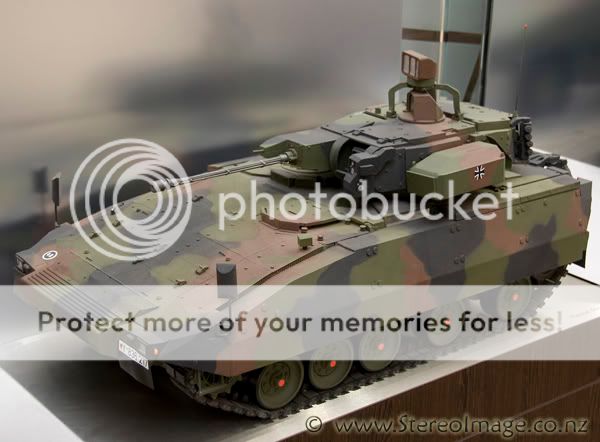- Reaction score
- 33
- Points
- 560
In terms of availability, logistics and commonality, I would vote for the CV-90 family. What the article does not state is we will need various support vehicles to go along with any sort of IFV, and the CV-90 family has already been the basis for everything from CPs to tanks, so the idea of getting armoured ambulances, ARVS, AAA systems, DF and IF support and engineering vehicles at the same time for a relatively low initial cost and ongoing O&M makes a huge amount of sense. (I would even be in favor of getting CV 90120 tanks, but that argument has already been settled!)
PUMAS are very nice, but they cost twice as much as the CV 90 per unit and do not come in any developed varients. The FCS is still mostly a paper system and is plagued with escalating costs; based on the article it seems we cannot (or do not want to) wait for things to get sorted on the FCS front.
I think we can afford to go for the "big buy" approach, FCS support vehicles can also support LAV equipped troops, while there are few LAV support varients, and not all would be able to support a tracked IFV (such as a hypothetical LAV ARV)
PUMAS are very nice, but they cost twice as much as the CV 90 per unit and do not come in any developed varients. The FCS is still mostly a paper system and is plagued with escalating costs; based on the article it seems we cannot (or do not want to) wait for things to get sorted on the FCS front.
I think we can afford to go for the "big buy" approach, FCS support vehicles can also support LAV equipped troops, while there are few LAV support varients, and not all would be able to support a tracked IFV (such as a hypothetical LAV ARV)

